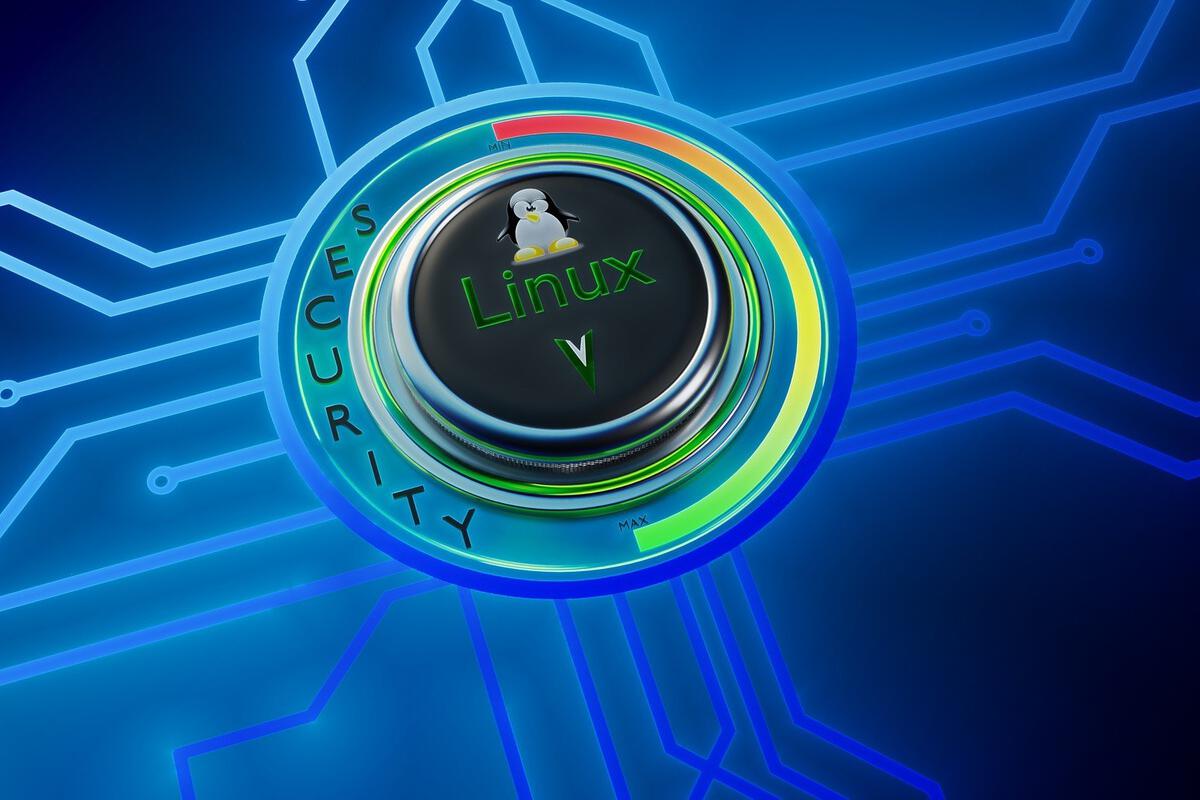Self-protection is key to Linux kernel security

Linux has quietly taken over the world. The operating system now powers the large datacenters that make all our cloud applications and services possible, along with billions of Android devices and internet-connected gadgets that comprise the internet of things (IoT). Even the systems that handle the day-to-day operations on the International Space Station run Linux.
To read this article in full or to leave a comment, please click here
(Insider Story)
Read more


